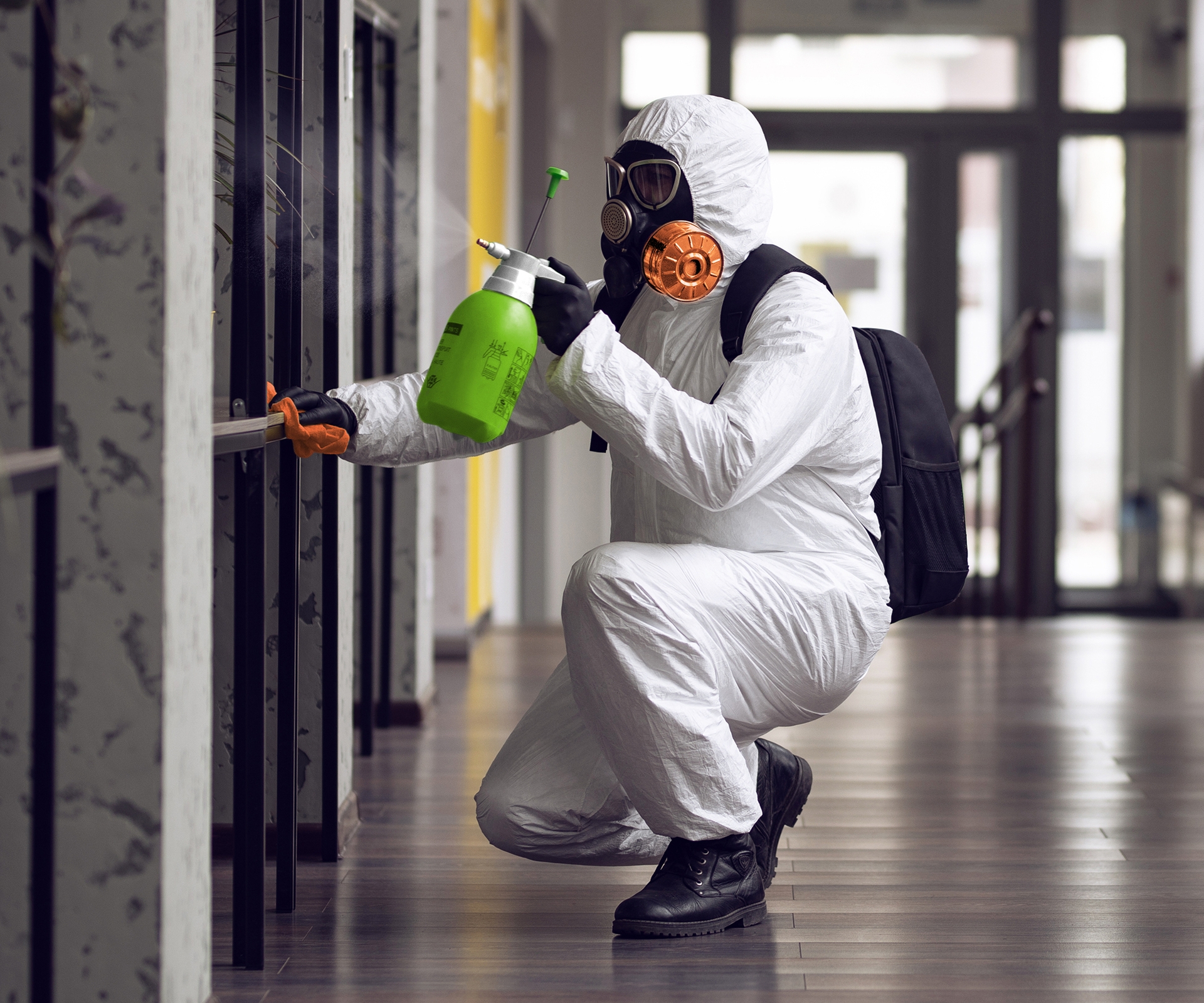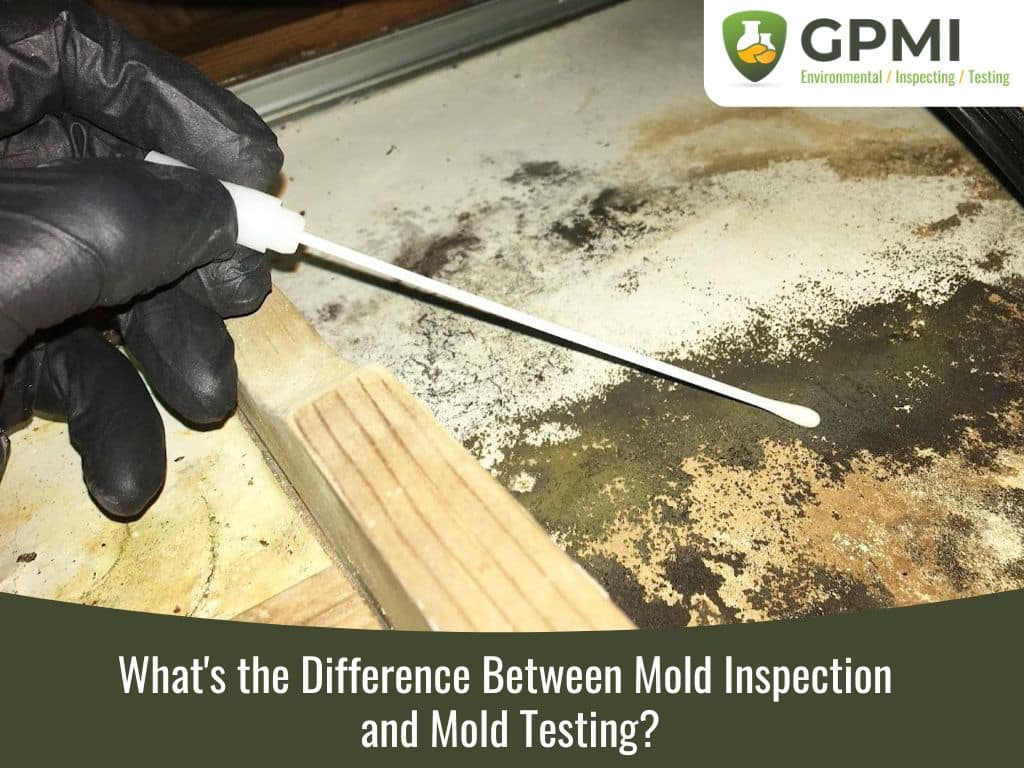Your Ultimate Overview to Article Mold Remediation Strategies
Browsing the realm of post-mold remediation techniques is a thorough procedure that requires interest to detail and a comprehensive understanding of the intricacies involved. In the aftermath of mold and mildew problem, understanding just how to properly eliminate the mold and mildew and stop its reoccurrence is paramount for preserving a healthy interior atmosphere. From choosing the ideal cleaning and disinfecting techniques to executing strategies for lasting mold avoidance, each step in the remediation trip plays an important duty in ensuring an effective outcome. As we get started on this exploration of post-mold removal methods, we will discover the key approaches and ideal practices that can aid you restore your room to its pre-mold problem and secure it against future mold risks.
Recognizing Post-Mold Remediation Process
After completing the mold and mildew remediation procedure, it is critical to recognize the post-mold removal strategies that are required to make sure a detailed and reliable cleaning. As soon as the mold has been removed, the next step entails cleansing and sanitizing the influenced locations to stop any kind of regrowth of mold and mildew. This consists of making use of specialized cleaning up representatives to wipe down surfaces and eliminate any continuing to be mold and mildew spores. It is necessary to dry the area entirely to prevent the growth of mold in the future (testing air quality after mold remediation). Correct ventilation and dehumidification can assist in this procedure.
Moreover, carrying out a last assessment post-remediation is vital to make certain that all mold has been successfully eradicated. If the assessment reveals any sticking around mold and mildew, additional remediation might be required.
Efficient Cleansing and Sanitizing Approaches

Stopping Future Mold And Mildew Development

Relevance of Appropriate Air Flow
Appropriate air flow plays an important function in avoiding wetness buildup, a crucial consider mold development within interior atmospheres. Reliable ventilation systems aid eliminate excess moisture from the air, reducing the possibilities of mold spores locating the wetness they need to germinate and spread out. Without adequate ventilation, interior rooms can end up being a breeding place for mold, bring about prospective wellness risks and architectural damage.
By ensuring proper air flow, ventilation systems can also assist in drying wet areas much more rapidly after water damage or flooding cases, blog here additionally deterring mold and mildew development. Post Remediation Inspection near me. In rooms like bathrooms, see this website attics, cellars, and kitchen areas where moisture degrees have a tendency to be higher, installing and maintaining effective air flow systems is essential in stopping mold and mildew invasions

Tracking and Maintenance Tips
Given the crucial duty that appropriate ventilation plays in protecting against mold and mildew development, it is critical to develop effective surveillance and upkeep ideas to guarantee the ongoing performance of ventilation systems. Normal assessments of air flow systems should be performed to inspect for any indications of obstructions, leaks, or breakdowns that could restrain proper airflow. Surveillance humidity degrees within the residential or commercial property is additionally critical, as high moisture can add to mold and mildew development. Mounting a hygrometer can assist track humidity degrees and sharp house owners to any spikes that might call for focus. In addition, making certain that air filters are consistently cleaned or replaced is essential for preserving the performance of the ventilation system. Implementing a timetable for regular maintenance tasks, such as air duct cleansing and a/c system evaluations, can aid prevent problems prior to they escalate. By staying aggressive and conscientious to the condition of air flow systems, residential or commercial property owners can properly minimize the risk of mold and mildew regrowth and maintain a healthy indoor atmosphere.
Conclusion
Finally, post-mold removal strategies are crucial for ensuring a tidy and risk-free setting. Understanding the process, executing reliable cleansing and decontaminating approaches, stopping future mold development, preserving proper ventilation, and normal tracking are all important action in the removal process. By complying with these guidelines, you can successfully get rid of mold and stop its return, advertising a healthy and balanced living or functioning space for all passengers.
In the after-effects of mold invasion, recognizing exactly how to efficiently eradicate the mold and mildew and stop its reoccurrence is vital for maintaining a healthy indoor setting. websites Once the mold has actually been removed, the following step includes cleansing and disinfecting the influenced areas to stop any regrowth of mold and mildew - Post Mold Remediation Report. After getting rid of visible mold development, it is important to clean all surface areas in the affected area to get rid of any type of continuing to be mold spores. To even more improve mold and mildew avoidance measures, it is crucial to address underlying problems that at first led to mold and mildew development.Given the important duty that correct ventilation plays in stopping mold development, it is important to develop efficient tracking and maintenance pointers to make certain the ongoing capability of air flow systems